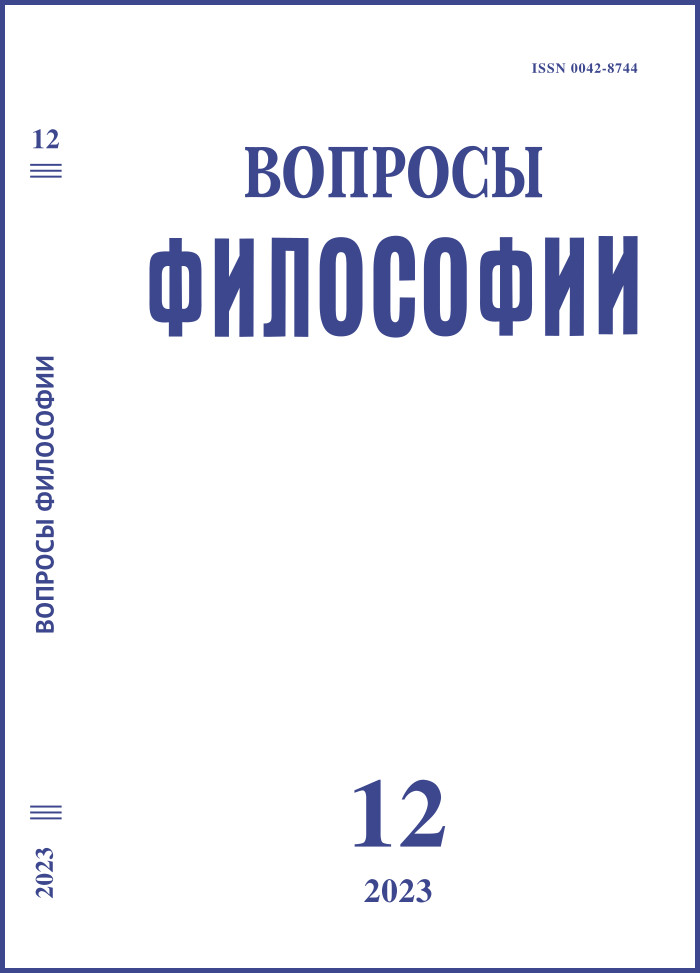Detachment and Sākṣī (the Observer): Meister Eckhart’s Mysticism and Sāṁkhya Darśana
DOI:
https://doi.org/10.21146/0042-8744-2023-12-192-202Keywords:
consciousness, Meister Eckhart, mysticism, detachment, nothingness, intentionality, apophatic theology, Sāṁkhya, sākṣī, transcendental subject.Abstract
This article offers a comparison of two metaphysical and soteriological strategies: the “Detachment” of Christian mystic Meister Eckhart and sākṣī (observer, contemplator, witness) in the Indian darśanas of Sāṁkhya and Ashtanga Yoga. We analyse the ideas of consciousness and psyche in Western and Indian traditions, as well as of higher consciousness. We understand that Christian and Indian traditions have different anthropologies, different cognitive and soteriological purposes, and different ontological foundations. Ideas about the psyche in Western (grounded in Christianity) and Indian traditions are also different (in turn, they are rather different in post-Vedic darśanas). Nevertheless, the correlation of the Western “soul/psyche – Spirit” dichotomy and the idea of incomparability of everyday psychic experience and the experience of higher (transpersonal) states of consciousness in Sāṃkhya and Yoga darśanas, in our opinion, provide grounds for a comparative study of the strategies of detached contemplation. Along with differences, similarities of mystical experience can be found in both traditions: detachment from the world of images and forms as the highest blessing; non-association of oneself with corporality, feelings, and reason; interiorizing the intentionality of consciousness, and termination of its representative function. Sākṣī of the Sāṁkhya and Yoga darśanas is a pure knowledge taken beyond time, space, shape, beyond all objects and processes. The apophatic doctrine of Christian neo-platonic mystics about comprehension of God by means of detachment from the created world and one’s own ego offers the opportunity for such comparative analysis.

